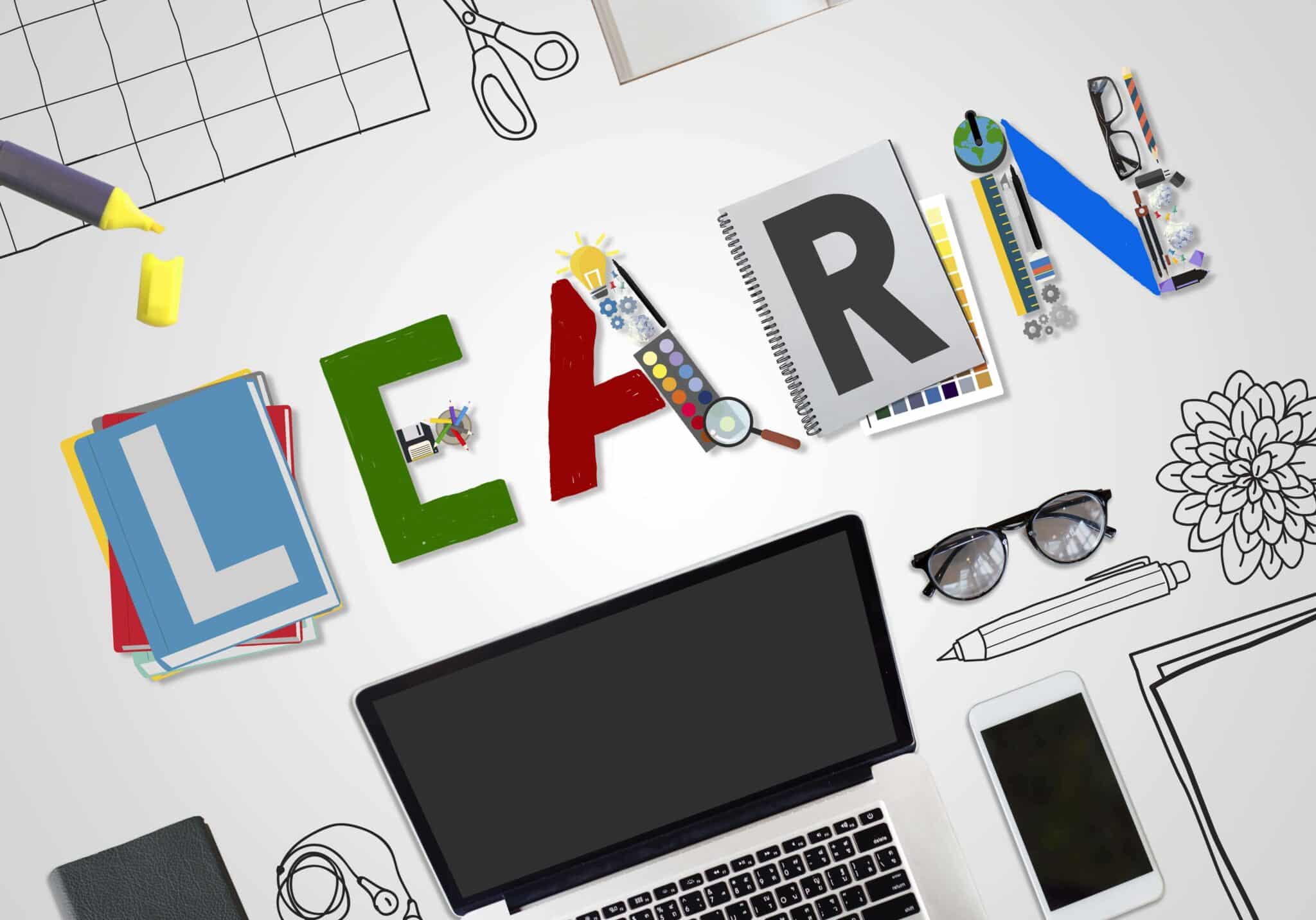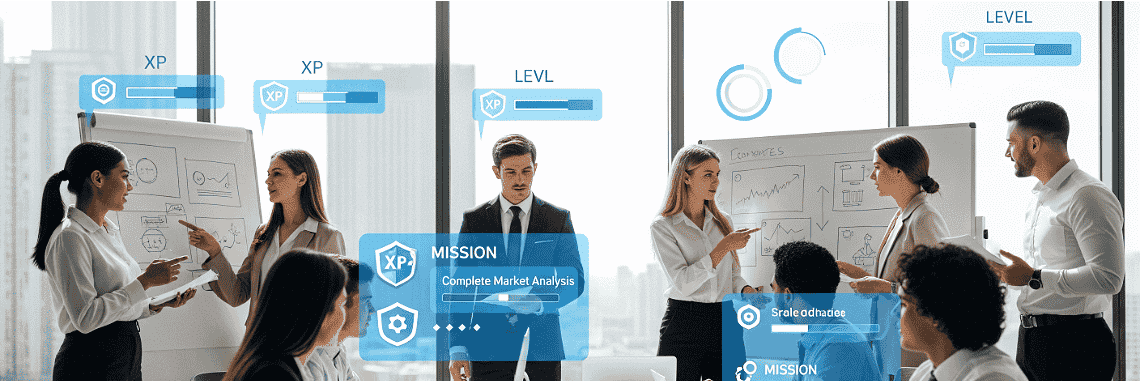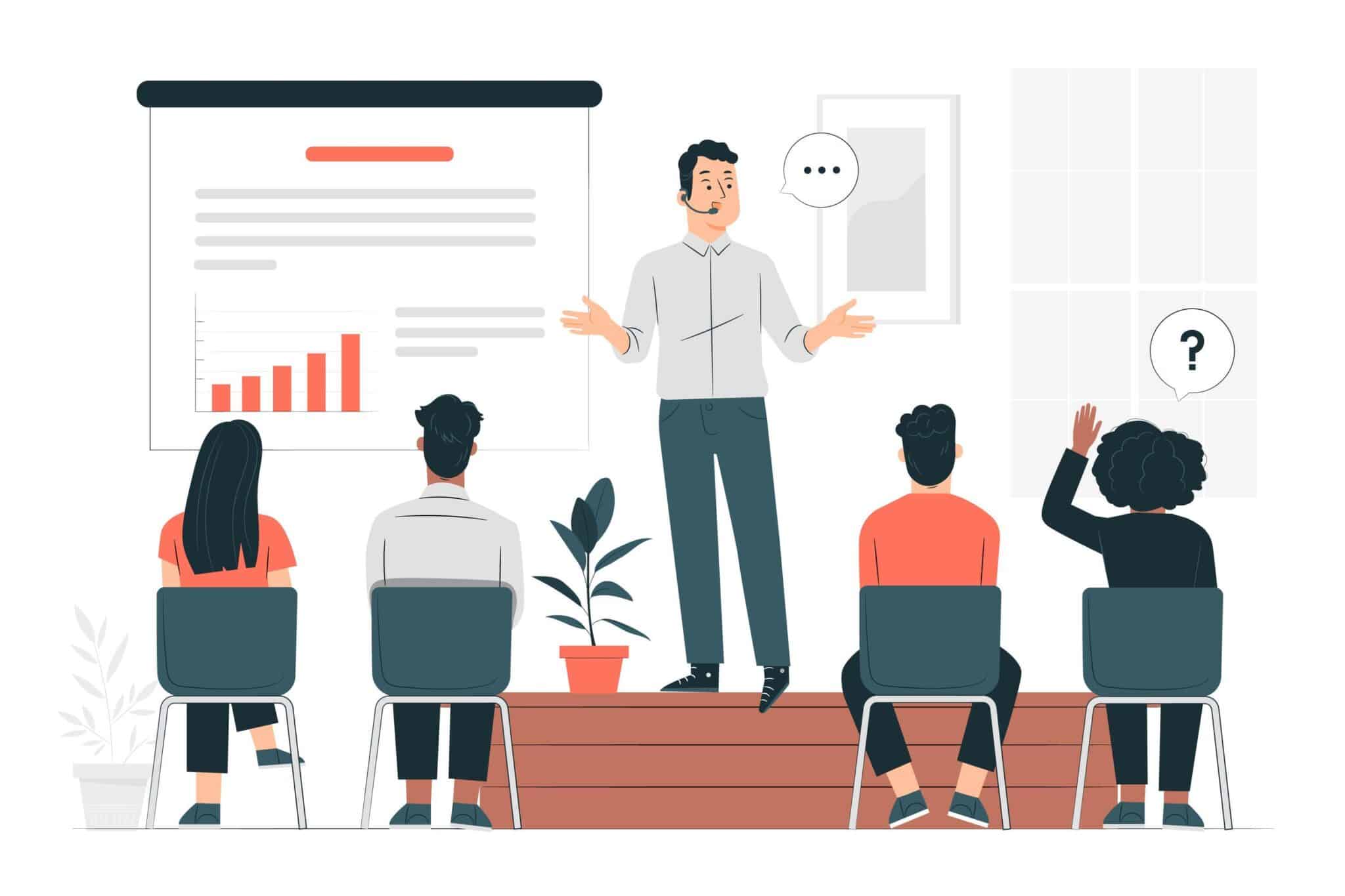Traditional Methods Are Falling Short
Table of Contents
Corporate training has long relied on traditional methods like lectures, slide-based presentations, and theoretical discussions. While these methods have their place, they often fail to engage participants deeply or drive long-term impact. Employees may leave sessions feeling inspired, but without opportunities to practice and apply what they’ve learned, the knowledge often fades into the background, unused.
I’ve seen it time and again in my work as a facilitator: leaders and teams attending training programs that feel redundant, lack relevance to their day-to-day work, or fail to address real challenges. It’s no surprise that many organizations struggle to justify the ROI of such programs. That’s where experiential learning comes in as a game-changer.
Why Experiential Learning Works: The Core Benefits
Experiential learning goes beyond theory to immerse participants in practical, hands-on scenarios. Let me walk you through the key reasons why I’ve found this approach to be transformative in corporate training:
1. Engagement and Retention:
Experiential learning is built on the principle of “learning by doing.” Studies show that people retain 75% of what they practice, compared to only 10% from reading or 20% from listening to a lecture. Engaging activities create emotional connections and make learning memorable. I’ve personally witnessed participants light up when they solve a challenge together, and it’s these moments that stick.
2. Collaborative Intelligence:
Many experiential activities are group-based, fostering collaboration and teamwork. Participants learn to navigate interpersonal dynamics, resolve conflicts, and build trust. I’ve facilitated sessions where teams who started out disconnected came together, learning to lean on each other’s strengths by the end.
3. Real-World Problem-Solving:
Unlike theoretical training, experiential learning focuses on real-world scenarios. Participants develop critical thinking, decision-making, and adaptability by tackling challenges that mimic those they face in their jobs. It’s amazing to see how these skills transfer back to the workplace, sparking innovation and confidence.
4. Immediate Feedback:
Experiential learning allows participants to see the consequences of their decisions in real time. This immediate feedback loop helps them refine their approaches and internalize lessons faster. I’ve often seen participants have those “a-ha” moments right in the middle of an activity, which is incredibly rewarding.
5. Behavioral Transformation:
Experiential learning goes beyond skill development to drive behavioral change. By experiencing the outcomes of their actions, participants are more likely to adjust their mindsets and habits in meaningful ways. As someone who’s facilitated countless sessions, I can confidently say this is where the magic happens.
Case Studies: How Experiential Learning Comes to Life
Here are a few examples from my experience that highlight the power of experiential learning:
1. The Survival Challenge:
In this activity, teams are tasked with making strategic decisions to survive a simulated crisis. The challenge mirrors high-pressure workplace scenarios, requiring participants to prioritize resources, delegate tasks, and make quick yet thoughtful decisions. I’ve seen teams go from chaos to cohesion in these exercises, with takeaways they immediately apply back at work.
2. The Egg Drop Exercise:
A creative exercise where participants design a solution to protect an egg from breaking when dropped from a height. While it may seem simple, the activity fosters innovation, teamwork, and resourcefulness—critical skills for problem-solving in dynamic environments. Watching participants’ faces light up when their egg survives the drop is always a highlight!
3. Leadership Simulations:
One of the most impactful sessions I’ve facilitated involved leaders role-playing as CEOs and team heads, navigating complex organizational challenges. These simulations allowed participants to experiment with different leadership styles, improve decision-making, and gain insights into managing people effectively. It’s incredibly fulfilling to witness their growth over the course of the activity.
Why Organizations Need Experiential Learning Now More Than Ever
The corporate landscape is changing rapidly. With hybrid work models, technological disruptions, and evolving employee expectations, organizations need training methods that are agile, impactful, and aligned with real-world demands. Here’s why experiential learning is uniquely suited to meet these challenges:
-
Bridging the Skill Gap:
As roles become more dynamic, employees need to develop skills like critical thinking, adaptability, and emotional intelligence. Experiential learning provides a platform for cultivating these capabilities.
-
Building High-Performance Teams:
Experiential activities emphasize shared goals, trust, and communication — key elements for building cohesive, high-performing teams. I’ve facilitated workshops where these connections translated directly to workplace success.
-
Fostering Innovation:
By encouraging participants to think creatively and experiment with new ideas, experiential learning fuels a culture of innovation. Watching teams break out of their usual thinking patterns is one of the most rewarding parts of what I do.
-
Driving Employee Engagement:
Employees who feel invested in their learning are more engaged and motivated. Experiential learning creates that sense of ownership by making learning interactive, relevant, and fun.
Overcoming Common Misconceptions
Despite its benefits, experiential learning is sometimes dismissed as “just fun and games.” But in reality, the impact goes much deeper. When designed thoughtfully, these programs address serious organizational challenges, deliver measurable outcomes, and drive long-term change.
For example, one organization I worked with initially viewed experiential learning as a way to build camaraderie. By the end of the program, they realized it also improved their problem-solving processes, increased cross-departmental collaboration, and helped leaders better align with their teams. Moments like these remind me why I’m so passionate about what I do.
ALSO READ: 5 Steps for using Experiential Learning with Power of Play
Conclusion: Preparing Teams for the Future
Experiential learning is no longer a “nice-to-have” — it’s a necessity for organizations that want to thrive in today’s fast-paced, complex environment. By immersing participants in practical, real-world scenarios, this approach fosters skills, behaviors, and mindsets that traditional methods simply can’t match.
As a facilitator, I’ve witnessed the transformative power of experiential learning firsthand. It equips teams to tackle challenges with confidence, collaborate effectively, and embrace change. Whether it’s a survival challenge, a team-building workshop, or a leadership simulation, experiential learning is a proven way to prepare your workforce for the future.
It’s time to move beyond theory and embrace the power of learning by doing. Let’s create learning experiences that inspire action, drive results, and empower people to reach their full potential.








